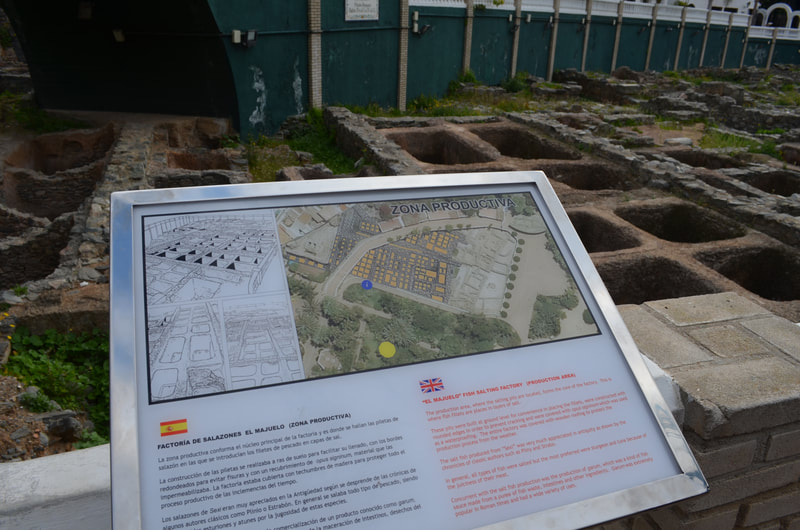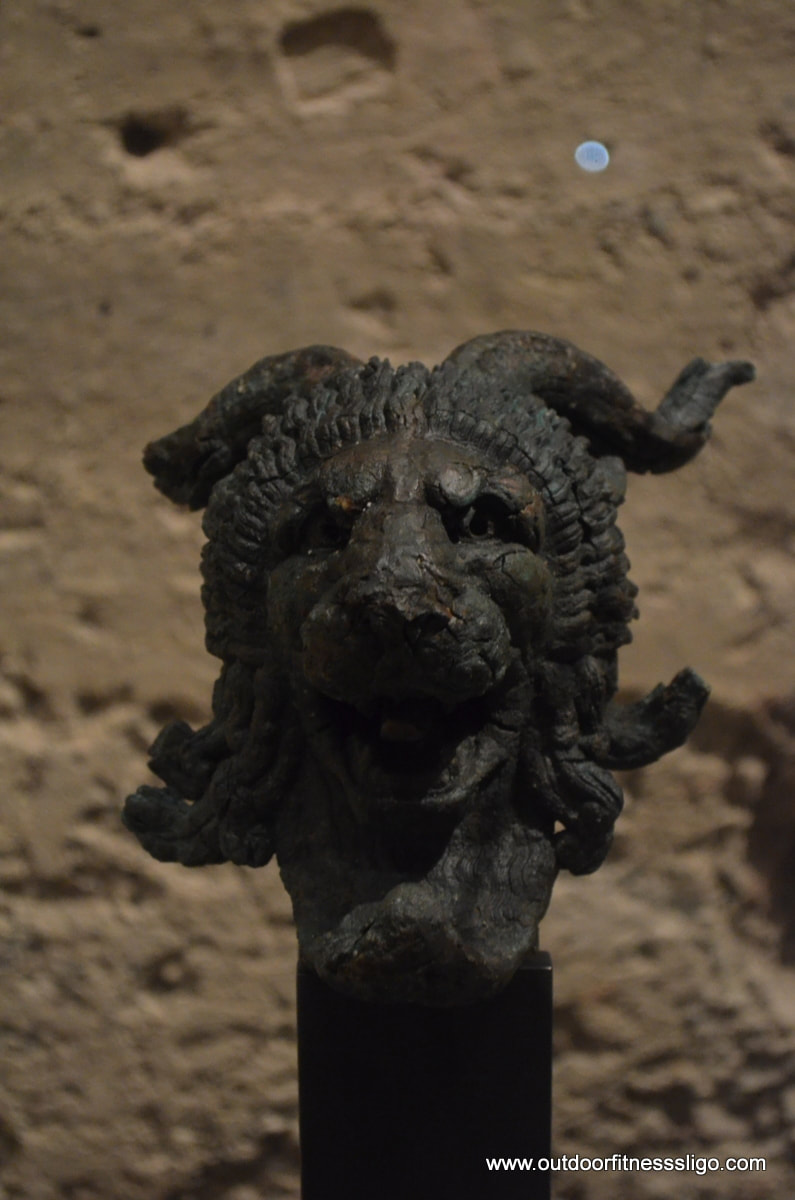|
We found ourselves on an overcast December day in Almuñécar , the tourist capital of Costa Tropical in Southern Spain. The town was quiet, the odd Christmas shoppers were trying to buy those last Christmas presents. Our first stop was El Majuelo Botanical Park, a beautiful botanical garden which is located at the old Fish salting factory. Nowadays, you can still see the remains of the salting pits which once used to be the main production area of the factory. It was the place where the fish fillets were placed in layers of salt. While walking towards these pits, we were greeted by a local band of musicians who were using the surroundings of this quiet park to rehearse their tunes. The park, filled on this occasion with the smooth jazz sounds of this band, has 100's of palm trees standing tall, providing some necessary shade during the summer months. The salt pits would have been covered with wooden roofing to protect the fish fillets from the elements. The most popular fish to be salted would have been sturgeon and tuna because of their juiciness of their meat. Onwards, or should I say upwards, we followed the steep and bendy road from the tropical gardens to San Miguel Castle which overlooks the entire coastal town. The castle is perched high on top of a hill above the old town with views far and wide. The castle is accessible by drawbridge, and it must have made the perfect stronghold due to it's location. The entrance fee into the castle also gives you access to the nearby Archaeological Museum which has Roman and Egyptian artifacts and is also a must-visit location. San Miguel Castle is said to date back to the Phoenician era , but over time it gained Roman, Moorish and more recently Christian influences. Within the Castle, artifacts and a model of what the castle would have looked like are all on display. After our enjoyable visit, we left the Castle behind us while walking through the old town with it's whitewashed houses. The old town is marked by maze of small streets which meander up and down around the castle. Not far from the castle is the Archaeological Museum Cueva de Siete Palacios which is housed in an old basement of what once was a Roman palace. Within the Archeologial museum's vaults of this basement , artifacts which were found in the old fish salting factory and other locations nearby are on display. From Roman vases to statues, a whole range of artifacts show the historical past of the area around Almunecar.
Walking back to the main car park on the edge of the town, we were happy we didn't try to navigate through the small streets of the old town which is definitely worth a visit. As it was December, it was very quiet within the town , but we can only imagine how popular this town would be during the summer months.
1 Comment
|
�
About the AuthorWe are Peter & Dolores De Bie. We love the great outdoors, discovering new parts of the world and writing about our adventures along the Wild Atlantic Way and further afield Categories
All
|
Contact us |
Where are our visitors from |
copyright © 2024 www.outdoorfitnesssligo.com
©Website design by Outdoor Fitness Sligo
©Website design by Outdoor Fitness Sligo






 RSS Feed
RSS Feed
